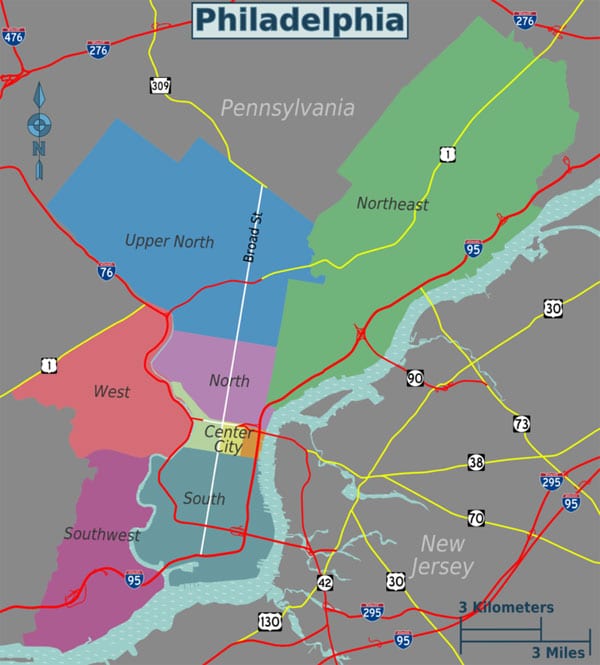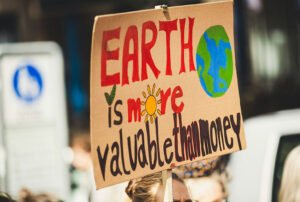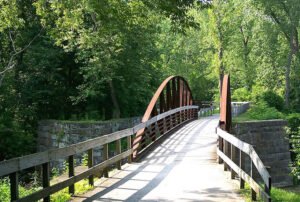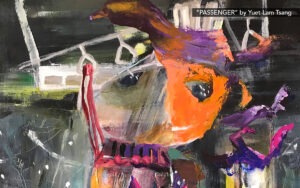
January 7, 2019; Generocity
What does asset-based community development look like? While some groups opt to focus on bricks and mortar, as scholars like John “Jody” Kretzmann and John McKnight have argued for decades, strong asset-based development really comes down to residents engaging in deep organizing and building relationships.
In North Philadelphia, an organization called Esperanza—a faith-based nonprofit that provides education, economic development, and advocacy in Hunting Park, a predominately Latinx neighborhood in Philadelphia—provides a powerful illustration of these core principles. The organization defines an asset as “anything that is community controlled” and gears its community development strategies towards building community-controlled institutions.
Esperanza is a nonprofit that has worked on multiple fronts since the mid-1980s to revitalize Hunting Park. In 2017, the organization set about assessing its impact, and they found that since 1986, Esperanza spent more than $126 million on construction alone in Hunting Park, leading to 1,200 jobs with $68 million of earnings. While these numbers are impressive, their approach over the past decade deserves attention, as it drives their investments. In 2012, the group completed a robust 10-year plan for their community called Hunting Park Neighborhood Strategic Plan 2022, which was compiled through a comprehensive community engagement process that included door-to-door solicitation of information, focus groups, the development of a 22-member advisory committee, and public meetings.
The strategic plan is a guide for Esperanza and includes seven areas in particular that are worth noting:
Sign up for our free newsletters
Subscribe to NPQ's newsletters to have our top stories delivered directly to your inbox.
By signing up, you agree to our privacy policy and terms of use, and to receive messages from NPQ and our partners.
- Build on Hunting Park’s community pride and spirit,
- Enhance communications, service delivery, and access,
- Advance education ecology as economic development tool,
- Reinforce affordable housing and model block development,
- Promote economic and business development,
- Reinvest through capital improvements, and
- Protect and enhance open-space and the environment
The group has made substantial progress towards completing the plan, and its work has been featured in regional newspapers detailing the scope and depth of their impact in Hunting Park. In September, for example, the group was featured in the local business journal for its work on developing a new 35,000 square-foot health center which is expected to handle 44,000 patient visits annually. This is part of a $14.5 million project where Esperanza transformed a vacant bank building in northern Philadelphia into a health center. As Grace Shallow in Generocity notes, there have been other investments reflecting the priorities in the strategic plan, including investing $28 million in a library for Esperanza College, which focuses on higher education for Hunting Park residents; a performing arts center centered on Latinx place-making; an art gallery; and conference space.
While these projects and developments are inspiring, the scope of what Esperanza does is even more comprehensive. The organization is focused on four major areas—education, arts and culture, community economic development, and social change. Within each of these areas is a service and program strategy able to meet the needs of the people in Hunting Park. For example, Esperanza boasts Esperanza College as well as an academy and charter school for the students and people that are in the community to gain relevant training, education, and skills they need to be competitive in the job market. Since the community members lead the initiatives, the education components that Esperanza offers increase the capacity of residents to be effective. Other services include housing counseling, neighborhood revitalization, workforce development, immigration legal services, and other national programs.
Together the work of this organization is rooted in faith-based principles, and their website notes that they are driven by the biblical mandate to serve “the least” (Matthew 25:40). They carry out this mission through programs and services designed to empower people through education and economic development and advocacy.
Esperanza’s approach is comprehensive, and the organization itself provides a unique community wealth building umbrella. NPQ has written extensively on these strategies, which have community ownership as an inherent component. For example, last year NPQ wrote about the Minneapolis Association for Black Economic Power, which aims to open the Village Trust Financial Cooperative this year in a predominantly African American neighborhood in North Minneapolis. Furthermore, NPQ wrote about resident ownership models for housing, namely in their coverage last month of ROC USA and its approach to increasing home ownership through the cooperative model. NPQ also recently posted an article on resident-owned grocery stores, a critical issue as it relates to the health and well-being of communities of color.
By building community as well as human assets, Esperanza fulfills its mission and illustrates the power of engaging in a community-led, asset-building approach. By convening, building, and supporting institutions that are controlled by the Latinx community in Hunting Park, Esperanza is effectively building community wealth. Given the comprehensive nature of the neighborhood-based strategic plan, which encompasses over 80 residential blocks covering 13,700 residents, it is inspiring to note the work that nonprofits are doing in advancing equity and boldly claiming their stake in the evolution of community wellness.—Derrick Rhayn













